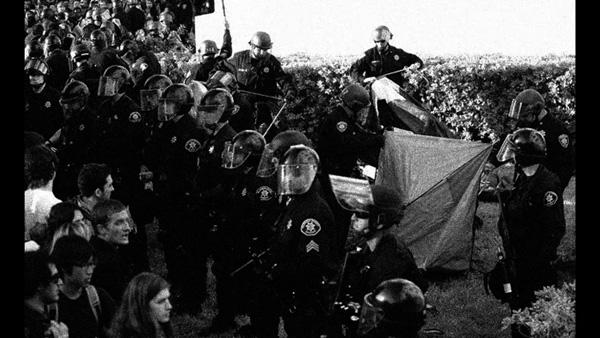Art always seems to flourish when there is a broader political climate.
Interviewee: Neala Schleuning
Another aspect that I think, which is important about DADA and every political artistic movement is that the art always seems to flourish when there also is a broader political climate, a radical political climate going on. I was really struck for example, when the Occupy movement first came into being. There was this sudden explosion of visual art everywhere across the country. And all the local occupy movements and of course most of the visual content now gets transmitted via the Internet and it was just this flood of imagery that artists were creating as part of all the energy generally. At the time Dada came on the scene there was also great political ferment generally across Europe after the First World War. A specific action I recall took place in Berlin at the inauguration ceremony for the new government for the Weimar Republic: Johannes Baader, who was one of the DADA artist threw flyers from the balcony nominating himself as the first president. The DADA artists, were very overtly involving themselves in the political process, not just in art. They set the tone for that. That still continues to this day. In a church Baader also performed a court chaplain, which is very reminiscent of Pussy Riot actions. In the 1960s I had friends here who went to church to take their politics into the public arena. They stood up in a Catholic mass to protest the Vietnam War. But Dada brought the art into that kind of activity as well.
